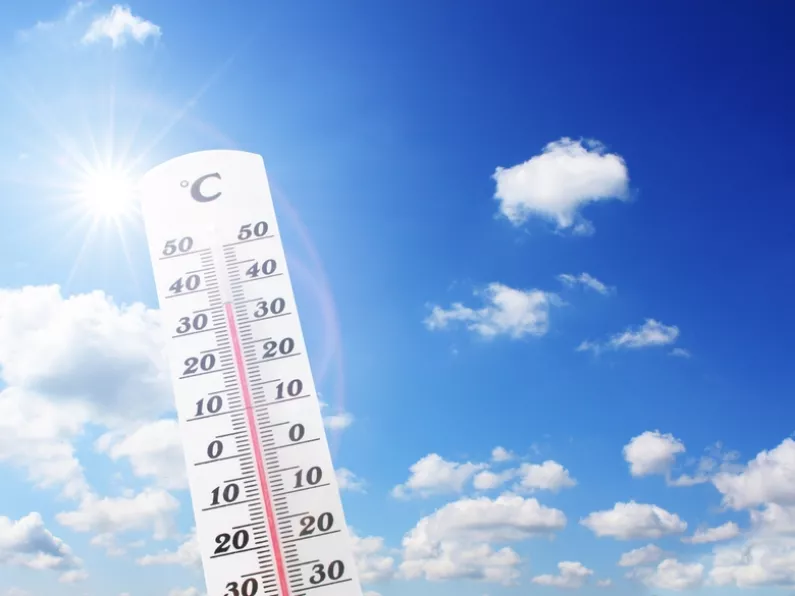With scorching temperatures hitting headlines this summer, this article focusses on how to beat the heat for your family.
It’s summertime, school’s out, and it’s time for some long-awaited fun.
Some families opt for the thrill of roller coasters, some for beautiful beaches, and others for a restful “staycation” at home.
Whatever your choice this summer, I’m sure you’ve noticed that the temperatures are skyrocketing and scorching hot!
So, while you’re enjoying your holidays, you also need to know how this intense heat can affect your family and what you can do to keep them safe while they have fun.
How can heat affect my family?
Many countries have been experiencing intense heat waves, some reporting temperatures as high as 128 oF. Yikes!
Now that’s hot!
With this rise in temperatures, hospital presentations have increased for symptoms associated with heat stroke and other heat illnesses.
What are heat stroke and heat illnesses?
Heat stroke is an emergency that arises when the core body temperature rises above 104 - 105 oF (40 – 40.5 oC), leading to problems with the body’s central nervous system.
It can arise from increased environmental temperature (classic heat stroke) or exertion (exertional heat stroke), such as heavy exercise.
Environmental heat stroke often occurs in young children, while exertional heat stroke tends to occur in teenagers and young adults, particularly athletes.
The symptoms of heat stroke include:
- a body temperature of 104 oF or higher,
- confusion,
- hallucinations,
- skin redness,
- seizures,
- blackouts and more.
Heat illnesses are a range of medical disorders associated with the body’s inability to manage excess heat.
They include Miliaria (heat rash), heat oedema (swelling, particularly to the hands and feet), heat syncope (dizziness, low blood pressure and blackouts), heat cramps (usually involving the legs, abdomen, and arms), and heat exhaustion.
Symptoms of heat exhaustion vary and include fast heart rate, sweating, nausea and vomiting, dizziness, tiredness, blackouts, headaches, signs of dehydration, and others.
Heat illnesses occur more commonly in children for several reasons:
- Children have a higher metabolic rate and produce more heat for their body weight
- Children absorb heat from the environment more quickly
- Children’s sweat production rate is lower than adults'
- Children often inadequately replenish their fluids, especially during prolonged exercise
- Children’s physiological response to environmental changes is slower than adults’, often taking 10 to 14 days for adequate adjustment.
How to beat the heat
While you’re having fun with your kids this summer, indoors or out, it’s essential to keep some things in mind to remain safe:
- Know the symptoms of heat stroke and heat-related illnesses and recognise them early.
- Seek medical care promptly when necessary.
- Stay in a cooler environment — a shady spot in the park, an air-conditioned room or building.
- Dress in single-layer, loose-fitting clothing and remove excess clothing if you recognise the onset of heat illness.
- Schedule frequent hydration breaks. Give 3 – 8 ounces of fluids to younger kids every 20 minutes and up to 1.5 litres of fluid every hour for adolescents during prolonged exercise or outdoor activity. Cooled water is best but if you recognise heat exhaustion, give a chilled salt-containing drink like a sports beverage.
Better safe than sorry
These steps should be enough to treat mild heat illness, but don’t hesitate to seek medical attention if your child does not recover after these initial interventions.
As the summer days roll along, be wise about having fun.
Know the signs and symptoms of danger and help your family learn what they can do to beat the heat.







